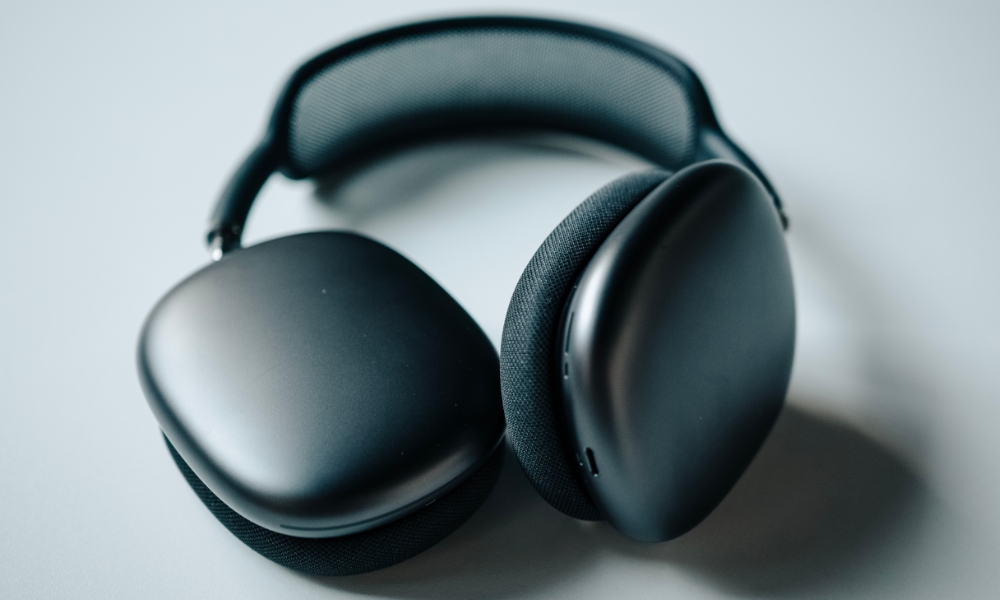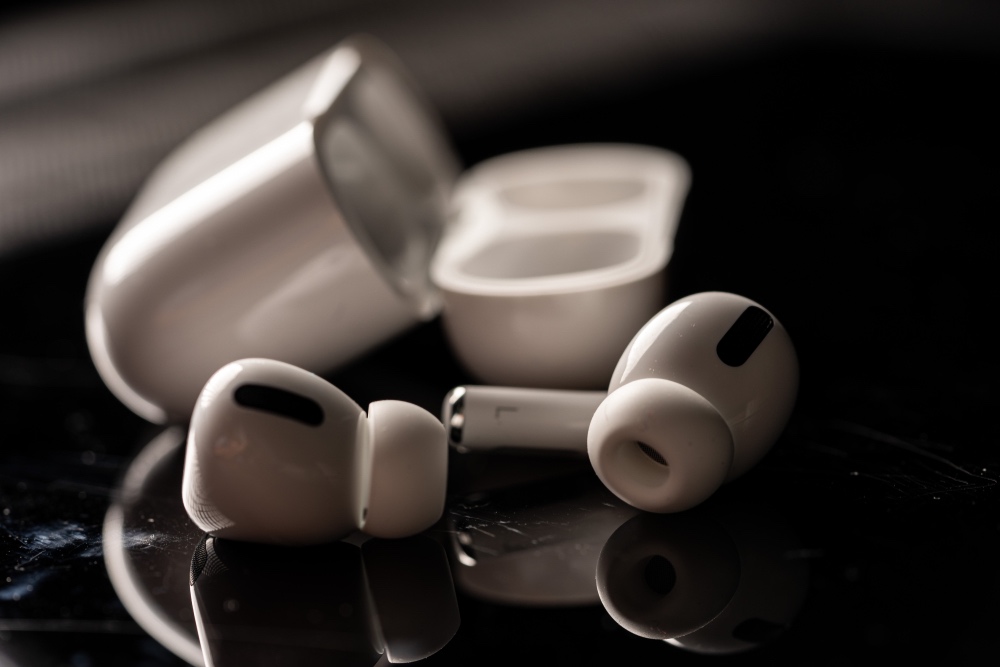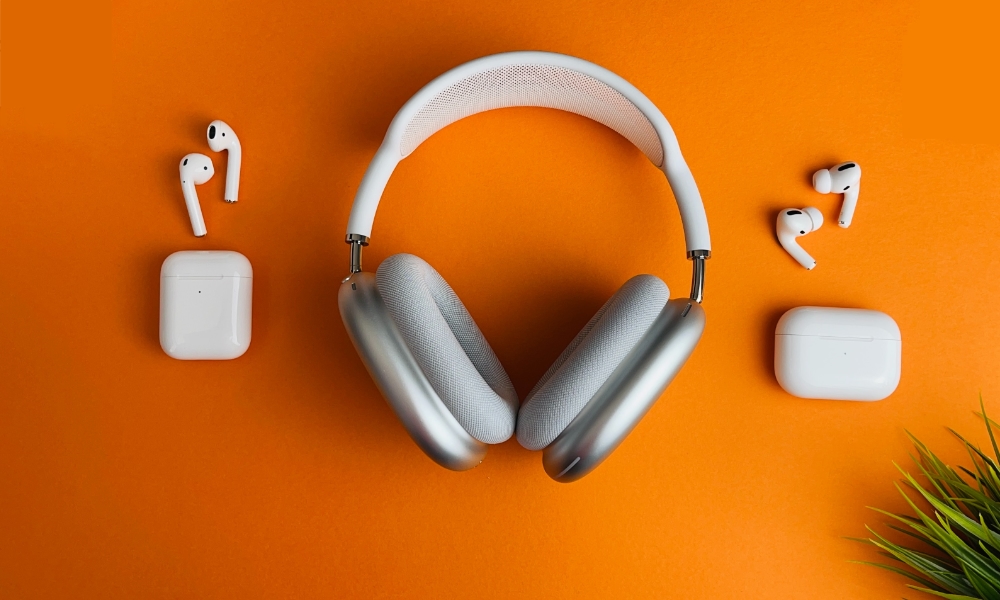Apple’s Premium AirPods Max Are Being Left Out of the iOS 17 Party
 Credit: Simon Hrozian
Credit: Simon Hrozian
Toggle Dark Mode
During this week’s Worldwide Developers Conference (WWDC) keynote, Apple unveiled some impressive new audio features for its AirPods, including Adaptive Audio, a new Conversation Mode, and more. Sadly, however, some of the best new AirPods features all come with a pretty big asterisk.
Specifically, most of them will be exclusive to Apple’s latest second-generation AirPods Pro — the ones released last fall. To be fair, those are the latest AirPods of any stripe, beating out the AirPods 3 by a year and the much more expensive AirPods Max by nearly two.
Still, folks who paid $549 for Apple’s flagship over-ear headphones may have been hoping for a bit more longevity, especially from a company known for supporting its hardware for up to half a decade. However, sometimes that’s just how technology rolls.
Last year’s second-gen AirPods Pro heralded the arrival of a new piece of Apple silicon, the H2 chip. So far, they’re the only Apple earbuds that feature this chip, although it’s a safe bet it will come to the “AirPods 4” down the road, and hopefully to a next-generation AirPods Max — assuming the current headphones don’t become a one-off for Apple.
Sadly, it seems that pulling off Adaptive Audio requires the computational power of the H2 chip. This surely isn’t “planned obsolescence” on Apple’s part; when you boil it right down, these new features require a fair bit of number crunching and machine learning.
The H2 chip already allows the second-gen AirPods Pro to cancel out twice as much noise as the original version and powers a unique Advanced Transparency Mode. Adaptive Audio is essentially an evolution of that initial feature, which was designed to reduce especially loud noises like sirens and construction work.
In short, iOS 17 and the new AirPods Pro 2 firmware that accompanies it will take both Active Noise Cancellation and Transparency to the next level by blending them dynamically so you won’t have to worry about switching back and forth between them manually nearly as often.
This set of features also includes Personalized Volume, which will help to fine-tune your listening experience by learning your preferences and the environments you normally listen in, and Conversation Boost, which automatically lowers the volume, reduces background noise, and enhances the voices in front of you as soon as you start talking to someone.
All of these features will be exclusive to the second-generation AirPods Pro, although it’s likely they’ll be supported on any new AirPods that Apple releases going forward.

Further, the new “Hey-less” Siri feature and faster switching between devices are also limited to the AirPods Pro 2. These are likely also related to the older H1 chip not being powerful enough to handle these features. The new Siri call phrase also won’t be supported on Intel Macs since these don’t feature the Neural Engine found in Apple’s M-series chips.
While you might think that dropping the “Hey” from the phrase used to activate Siri shouldn’t be that big of a deal, the critical factor is avoiding false positives. I’ve only been using the iOS 17 beta for three days, and I’ve already had Siri wake up inadvertently more often in those three days than it has in the past two years — and that’s on an iPhone 14 Pro Max powered by Apple’s latest A16 chip. In fact, it’s become such a problem I’ve had to turn it off for now.
It’s the first developer beta, so that’s fair — Apple still has a lot of polishing and fine-tuning to do in general — but the whole reason a more complex “Hey Siri” phrase was required in the first place was that the Apple silicon of the day wasn’t able to reliably recognize a shorter call phrase from normal conversation.
There is one small piece of good news: the AirPods Max, along with the original AirPods Pro and the AirPods 3, will be getting the new mute and unmute features. For Apple’s earbuds, this will be activated by pressing the stem while you’re on a call, while the AirPods Max will do the same by pressing the Digital Crown.
Still, while it’s sad that the H1-equipped AirPods Max won’t be able to take advantage of all the new goodies coming with iOS 17, how much you’ll miss those features depends on how you use your AirPods Max. Adaptive Audio and Conversation Boost are considerably more useful when you’re out and about in the world. While I’m sure some folks wear Apple’s premium over-ear headphones during outdoor activities or in other acoustically challenging environments, that’s certainly a less common usage scenario for the AirPods Max than it is for the AirPods Pro.








